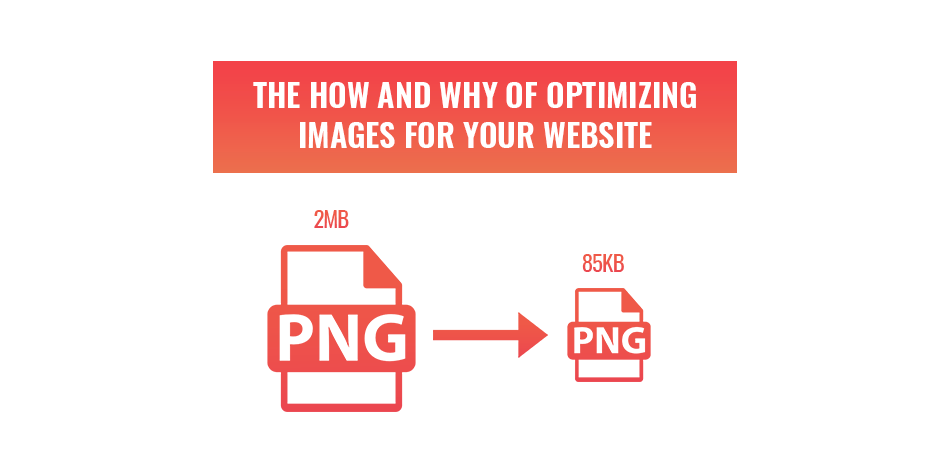
The how and why of optimizing images for your website
In this article, we will discuss optimizing images for your business website. For a website to be successful, it needs to be engaging and images are a very important part of that. By having a visually appealing website, we reduce bounce rate and increase conversions. High-quality images with large file sizes can, unfortunately, do the complete opposite. There is a way to avoid that and it’s called image optimization and we are going to discuss how we can use it for your business website.
Why we need to be optimizing images for your websites speed.
Your clients don’t like to wait for websites that take long to load, so every second counts. On average, people expect a website page to take about two seconds to load, any more and you are offering a bad user experience (UX). Google and other search engines don’t like slow loading websites either. They want to offer fast results to their user’s solutions, and they will crawl the internet looking for just that. So, the faster your business website loads, the higher it will rank.
Reduce the file size.
To start optimizing images for your business website, we will reduce the size of the files. This is done before uploading the image to the website or your WordPress media library and there are two ways we can do this, compression and dimension.
There are two types of compression, lossless and lossy. Lossless reduces the file size while maintaining the original image quality. This is done by only rendering images when they are uncompressed. Lossy, on the other hand, will lose some of the image data to reduce file size. When done correctly, the reduced quality is unnoticeable to your clients while loading a lot quicker. Which type of image compression you use is highly dependent on the image file’s format.
Image dimensions that are unnecessarily large also increase file size. Making the image fit the space perfectly is important or optimizing images for your business website. If your image is 1200 x 600 pixels but the space on your website only requires 600 x 300 pixels, you can save a lot of load time by editing the image to only be the required size.
Choosing the right image file format.
Using the correct image type can reduce its weight and load a lot faster. There are four main file types that we can choose from, each one has its own strengths and weaknesses. This will also change the type of image compression we would use.
PNG or Portable Network Graphic is often very high-quality but has a large file size. This isn’t necessarily bad because we can use lossless compression. It is often the best choice to use for graphics.
JPEG or Joint Photographic Experts Group typically has a smaller file size than a PNG but sometimes at the loss of quality. Lossy is the most common compression for this file type and it is often used for photos.
GIF or Graphics Interchange Format should only be used for animated graphics. No matter how you pronounce the word, it can a very fun tool to use on your website but too many can slow your page down. This file type uses lossless compression.
WebP is relatively new and is the best option for small file size and high quality. Not every browser supports this image type, most notably Safari which is the second most used browser.
Lazy loading can be another option.
If your company’s website requires a lot of images on one page, lazy loading can help further optimize your website’s images. Typically, a website will load all the images at once, even when your client isn’t looking at them. Lazy loading uses a placeholder for images that have not been seen yet. When your client does scroll down to see the image, that is when the image will load. This can greatly increase load speed for pages with a lot of images or for infinite scrolling websites.
This can also negatively impact your search engine optimization (SEO) if not done with proper care. Search engines like Google may ignore the images when crawling through your website if they are lazy loading, but you can get past that by providing links to lazy loaded content. This creates a page out of the content that search engine crawlers can see and not ignore.
Web2Web creates optimized business websites.
Optimizing images is just one step out of many in a successful business website. There are many factors to creating a website that is optimized for your clients’ needs and search engines’ requirements. That is why at Web2Web, we have a team of professionals dedicated to making every part of a website optimized for the best performance and highest conversion.

 021 551 2060
021 551 2060



